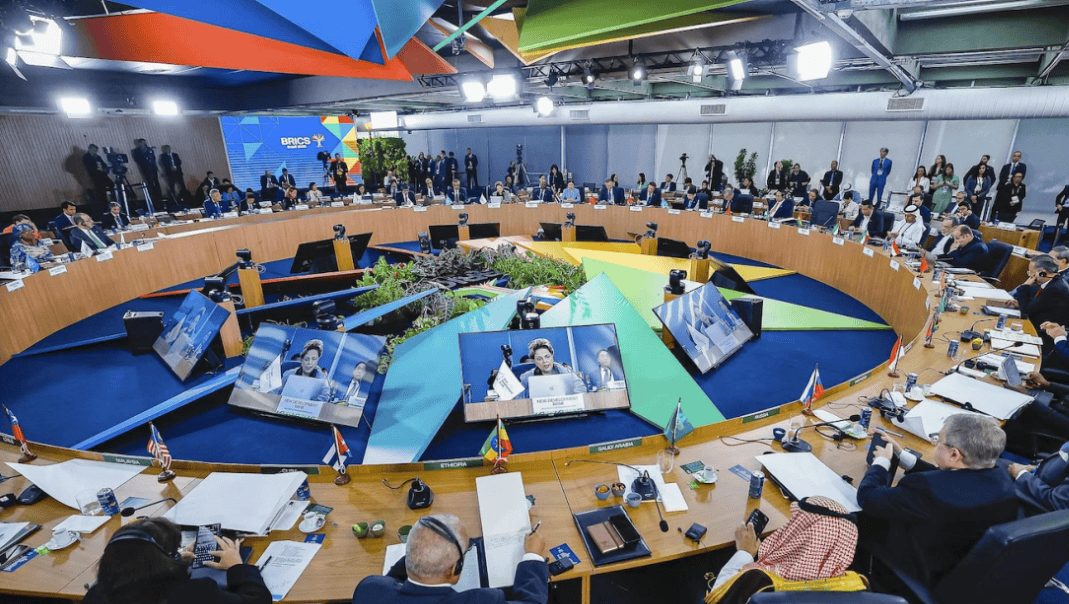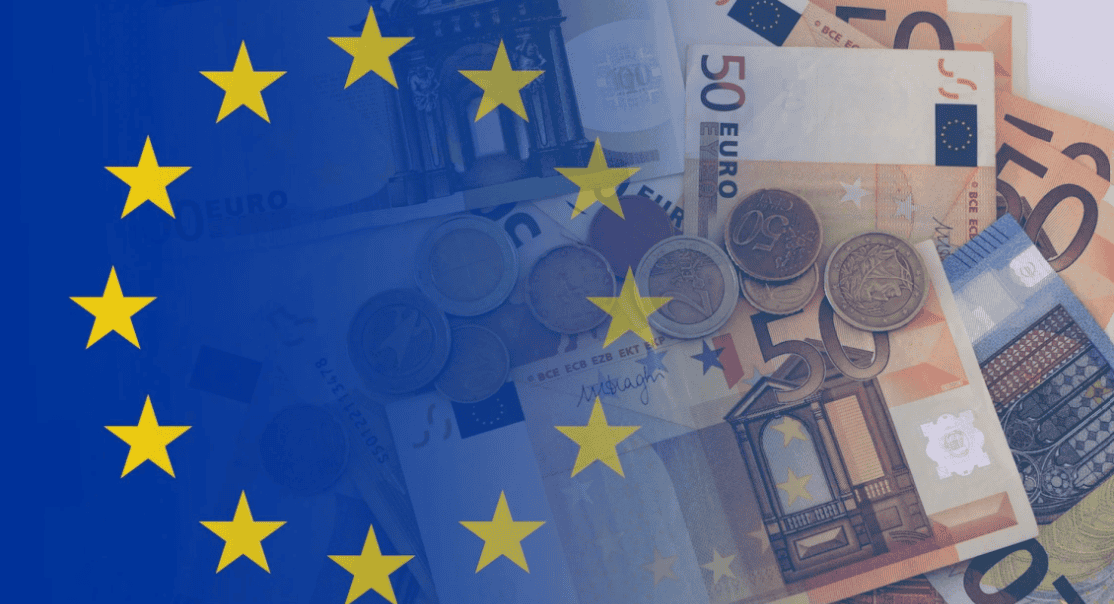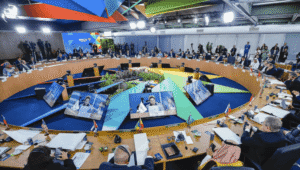As governments increasingly resort to industrial policy to achieve economic and non-economic objectives, the number of subsidies has more than tripled in the last decade. This column investigates the effects of domestic subsidies on trade flows. It shows how these measures can alter comparative advantage patterns and hence affect export dynamics, especially in large emerging markets. These trade spillover effects can lead to tit-for-tat retaliation and should be accounted for in the cost-benefit analysis of industrial policy. They call for international cooperation to manage the risks of possible drifts towards a subsidy war.
Industrial policies have made a comeback on the global policy stage. Notable examples include the Inflation Reduction Act (IRA) and the CHIPS and Science Act in the US, the European Green Deal, and the Digital Europe programme in the EU, as well as China’s Made in China 2025 programme. Other developed and emerging economies are also increasingly active in this area (Evenett et al. 2024, Ilyina et al. 2024). A recent strand of literature investigates the ability of industrial policy to achieve its intended goals, with mixed views (e.g. Juhász et al. 2023, Irwin, 2023). An understudied question is how industrial policy in one country impacts economic outcomes in other countries – i.e. the cross-border spillover effects of industrial policy.
In our research (Rotunno and Ruta 2024), we empirically investigate the effects of industrial policy on international trade as one channel of cross-border spillovers. We concentrate on subsidies as the primary instrument that governments around the world are employing to achieve economic and non-economic objectives tied to new industrial policies. The evidence points to the presence of significant trade responses to subsidies especially in large emerging markets, highlighting the risk associated to the rise of tit-for-tat retaliatory policies as importing countries intervene to offset the cross-border spillover effects of partners’ industrial policy.
Subsidies on the rise
We employ detailed data from the Global Trade Alert (GTA) to empirically examine the direction and magnitude of the trade effects induced by subsidies. In our data, subsidies are defined as measures by any level of government that involve a financial transfer attributable to identifiable beneficiaries that creates or could potentially create an advantage for those beneficiaries. Examples include policy interventions such as production subsidies, grants, tax breaks, and state aid. Data exclude measures classified as export subsidies and include only measures that are classified as ‘distortive’ (discriminating against foreign interests) and that benefit firms (i.e. we exclude consumption subsidies from the analysis).
The number of subsidies has more than tripled in the last decade (Figure 1). Notably, approximately 60% of all distortive interventions recorded in the GTA database by 2021 (the last year of our sample) took the form of subsidies. While prior research has underscored the predominant role of G20 economies in adopting subsidies, our analysis sheds light on the increasingly significant contributions of emerging economies (EMs) within the G20 group (G20 EMs). The domestic subsidy share of all GTA policies has risen to 67% for the average G20 EM in 2021, consistently surpassing the equivalent share for the average G20 advanced economy. By 2021 there were approximately 6,000 policies entailing domestic subsidies in force in G20 EMs.
Figure 1 Number of domestic subsidies in force in G20 countries over time


Sources: Global Trade Alert database and IMF staff calculations.
Note: Number of government interventions classified as domestic subsidies, introduced since 2009 and in force at a given year.
Subsidies and trade effects
Subsidies can affect trade patterns by shaping firm-level productivity and industry-level comparative advantage. To assess these effects, we employ a difference-in-difference strategy that allows us to estimate how exports and imports respond to domestic subsidies at the product level. This entails comparing changes in exports and imports of a product targeted by subsidies with those of non-targeted products within the same industry. The empirical specification controls for other policies and a comprehensive set of fixed effects, which absorb also the influence of systematic differences in transparency and reporting of subsidy measures across countries and sectors. A caveat to bear in mind is that the GTA data lack information on legacy measure introduced before 2009 as well as monetary values of subsidies. Both weaknesses should attenuate the relationship between subsidies and trade flows. 1
We study separately the impact of subsidies from G20 advanced economies and G20 EMs. Figure 2 focuses on the latter group, showing the dynamic effects of domestic subsidies on exports from our difference-in-difference model. Looking at the intensive margin (changes in exports of products that are already exported), panel A shows that the exports of subsidised products from G20 EMs increase for eight years since the introduction of the measure relative to exports of other products. At that point, the growth rate of exports of subsidy-targeted products is about 15% higher than exports of other products. At the extensive margin (switches from zero to strictly positive exports), domestic subsidies imposed by G20 EMs increase the probability that a product is exported by 3 percentage points relative to other products (panel B). A similar analysis on imports do not show significant effects.
Figure 2 Effect of domestic subsidies on exports from G20 EMs
A) Intensive margin: Export values (in logs)


B) Extensive margin: Export dummy


Source: Rotunno and Ruta (2024).
Note: The sample includes G20 EMs only. The horizontal axis denotes time before and after a country-product is targeted by a domestic subsidy. The time variable is reset if a product exits and then re-enters treatment. The charts plot the coefficient estimates and 90 percent confidence intervals on the subsidy dummy interacted with periods before and after the treatment. The specification includes dummies for other policies, country-product fixed effects, country-product linear time trends, product-year and country-ISIC 2-digit-year fixed effects.
For G20 advanced ecomomies, the effects of subsidies on trade are more difficult to establish because of the presence of strong pre-trends. Changes in exports and imports of subsidized products are stronger than those of other products, and they are increasing before the subsidy is announced. One of the possible explanations for these patterns of selection effects is political economy forces. On the export side, firms in expanding products that experience a surge in exports may be better able to influence policymakers responsible for allocating subsidies (a scenario of ‘winners picking government policy’). Concurrently, the pronounced pre-trends in imports suggest that import competing firms are also adept at influencing governments to secure subsidies (resembling a scenario of ‘losers picking government policy’; Baldwin and Robert-Nicoud 2007).
Conclusions
Our results highlight that industrial policy can alter comparative advantage patterns and hence affect export dynamics. In the period of analysis (2009-2021), this effect is clearly visible for subsidies imposed by G20 EMs, which led to higher exports, while for G20 advanced economies the trade response appears to be driven by political economy forces.
The presence of trade spillover effects of industrial policy is not without consequences. By shaping trade patterns, subsidies could trigger a response by trading partners in the form of retaliatory measures aimed at tempering the trade effects of the subsidies (e.g. tariffs, countervailing duties) and/or in the form of an escalation in subsidies (i.e. a ‘subsidy war’). Avoiding costly tit-for-tat scenarios requires governments to account for the potential spillover and spillback effects of industrial policy in their cost-benefit analysis, abide to existing WTO rules on subsidies, and cooperate to strengthen these rules where needed.
Our analysis abstracts from other forms of cross-border spillovers, such as technological or environmental effects, that can be generated by industrial policy. A better understanding of how these effects interact with the trade spillovers identified in our work is a key avenue for future research to obtain a more complete picture of the welfare impact of industrial policy.
Source : VOXeu



































































